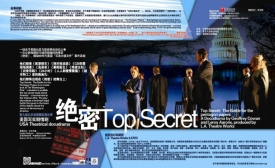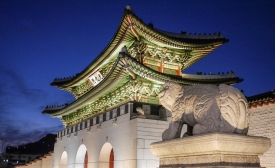Cultural Diplomacy
In response to all this, some are recommending that China engage in more intensified cultural diplomacy. Indeed, one senior official told me that China should position itself like Germany has in Europe, letting its clout be neutralized by an Asian regional organization.
During the past several years, Chinese audiences have flocked to see American movies such as Kung-Fu Panda, much to the alarm of China’s political leadership, which has recently made clear that it is not inclined to surrender any terrain on the global cultural battleground.

The USC Center on Public Diplomacy, the USC U.S.-China Institute, and the USC Annenberg Center on Communication Leadership and Policy were pleased to co-sponsor "
During the past several years, Chinese audiences have flocked to see American movies such as Kung-Fu Panda, much to the alarm of China’s political leadership, which has recently made clear that it is not inclined to surrender any terrain on the global cultural battleground.

A brief look at current public diplomacy practices and what the future might hold
Korean policymakers are discussing the “Korean Wave 3.0.” The Korean Wave, or hallyu in Korean, means the export of Korean entertainment and other culture. The “Version 1.0” of the wave was the success of TV dramas and movies starting about 10 years ago. And “Version 2.0” is what’s been happening with K-pop music over the last year or so.
South Korea's government has been trying to change the country's international image - or rather its lack of one - for years. And even those involved - like Peter Kim, brand manager for the Seoul government - admit it has been a tough sell. South Korea's national branding is facing some unique challenges.







